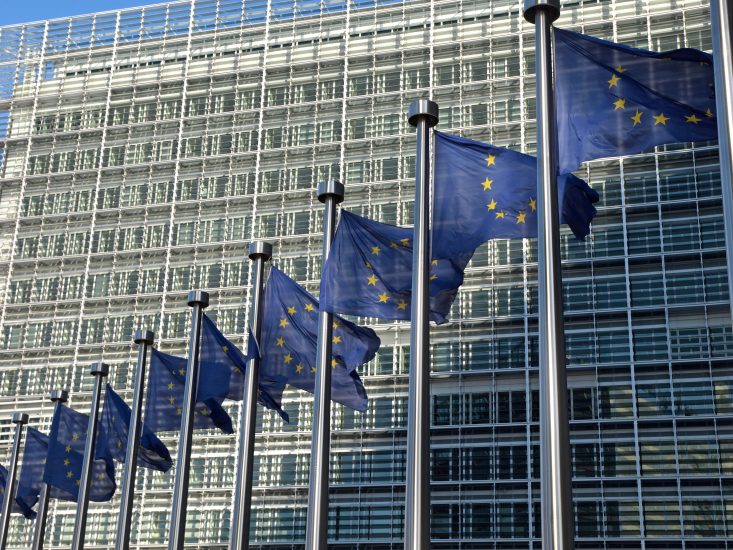Directorate-General for Migration and Home Affairs – D.2 is developing a Communication from the Commission to the European Parliament, the Council, the European Economic and Social Committee and the Committee of the Regions on the subject of EU security – countering threats from drones
The Commission has asked for feedback from industry between 06 March 2023 – 03 April 2023 (midnight Brussels time)
Key items from the Commission’s plans are outlined below:
“This Communication will set out a European counter-drone framework to tackle potential threats from drones. Building on existing activities at EU level, it will propose key actions to expand cooperation on: (i) community building and information sharing; (ii) practical guidance; (iii) operational support and funding; (iv) counter-drone systems testing (and potential harmonisation or standardisation); and (v) leveraging research & innovation. It will also start a mapping study to identify the possible need for regulatory measures.
“To achieve this, the Communication will give an overview of the current threats and technological developments that need to be monitored. It will describe what cooperation at EU level already exists in the areas listed above and what gaps remain. It will set out how to tackle those gaps by introducing a set of key actions to be implemented by set deadlines.
“These measures will be drawn up using: (i) the results of previous cooperation, such as workshops and the existing EU C-UAS Interest Group; (ii) results of projects; (iii) feedback from Member States and other stakeholders; and (iv) the results of targeted consultation. The Communication will then bring the different parts and key actions together into a fully fledged counter-drone framework, allowing for an anticipatory and innovation-supported EU approach to counter-drone threats. Along with the Communication, two new ‘Protection against unmanned aircraft systems’ handbooks will be published, thus creating a comprehensive counter-drone package.”
“Preventing the unauthorised use of UAS is necessary so that their legitimate use can reach its full potential. UAS are innovative tools that can be used for many legitimate purposes; however, if access to them is uncontrolled, they can also be used maliciously. Incidents involving UAS have become more frequent inside and outside the EU. These incidents include organised criminal activities, attacks on public spaces, individuals and critical infrastructure, and unauthorised entry of UAS owned and operated by non-EU countries in Member States’ airspace.
“While the EU has regulated the legitimate use of drones, there are no specific EU rules and guidelines on countering their unauthorised or criminal use. EU security authorities should be able to adopt counter-UAS solutions to better respond to threats from UAS in the EU.
“To protect society against malicious and non-cooperative drones, law enforcement and public and private operators must have lawful access to affordable and reliable counter-measure technologies that enable flexible solutions adapted to the threat level and operating situation. There is also an important defence aspect in using counter-UAS systems. UAS have been increasingly used in several regional conflicts lately.
“Non-state actors are challenging our security, both on EU territory and beyond, for instance by increasing use of drones and new technologies’. EU programmes, such as Horizon Europe, the European Defence Fund and their precursors, have been supporting research and innovation in UAS and counter-UAS technologies. The potential of civil-defence synergies is also important. The EU drone strategy 2.0 recognised the importance of ‘reaping synergies between civil and military use of drones and drone-related technologies, including counterdrone solutions to detect and mitigate threats posed by drone operations’. This initiative aims to present ways for harnessing potential synergies from the use of civil and military drone technologies..
For more information
https://home-affairs.ec.europa.eu/policies/internal-security/counter-terrorism-and-radicalisation/protection_en
(Image: Shutterstock)




